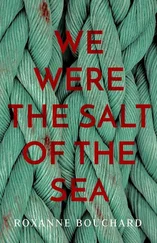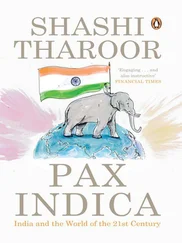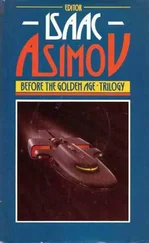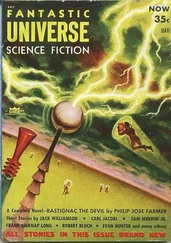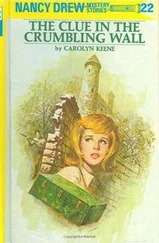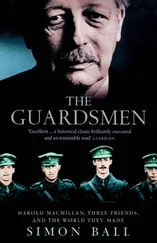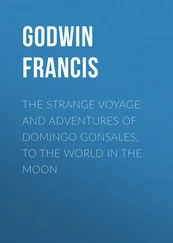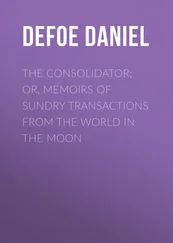WHERE IN THE WORLD IS THE BERLIN WALL?
Edited by Anna Kaminsky
on behalf of
Federal Foundation for the Study of the Communist Dictatorship in Eastern Germany
Updated and extended new edition,
compiled by Lena Ens and Moritz Reininghaus
IN MEMORY OF
Dr. Ulrike Guckes
née Gleinig 1978–2013
Where in the World is the Berlin Wall?
Published on behalf of
The Federal Foundation for the Study of the Communist Dictatorship in Eastern Germany
Kronenstraße 5
10117 Berlin
www.bundesstiftung-aufarbeitung.de
buero@bundesstiftung-aufarbeitung.de
Third updated and expanded edition
First edition 2009 (2014)
Berlin Story Verlag 2021
eISBN 978-3-95723-186-4
All rights reserved.
Editorial deadline: 15 June 2021
© Bundesstiftung zur Aufarbeitung der SED-Diktatur, 2021
Berlin Story Verlag GmbH
Leuschnerdamm 7, 10999 Berlin
UStID: DE276017878
AG Berlin (Charlottenburg) HRB 132839 B
www.BerlinStory.de, E-Mail: Service@BerlinStory.de
Translation: Simon Hodgson, Nele Lenze, David Meeres
Cover and Typesetting: Norman Bösch
Cover pictures:
Simi Valley, California, Ronald Reagan Presidential Library and Museum ( p.168
),
Sosnówka, Poland (see page 118
), Yokohama, Japan, TÜV Rheinland Yokohama ( p. 272
)
WWW.BERLINSTORY.DE
PREFACE
Anna Kaminsky
FROM THE BUILDING OF THE BERLIN WALL TO THE FALL OF THE BERLIN WALL
A SHORT HISTORY OF THE DIVISION
Maria Nooke
“THERE ARE PLENTY OF GOOD REASONS NOT TO LOSE SIGHT OF THE 13 THAUGUST.”
REMEMBERING THE WALL SINCE 1990
Anna Kaminsky
WHERE IN THE WORLD IS THE BERLIN WALL?
Europe
North America
Central America
South America
Africa
Asia
Australia and Oceania
Mars
THE BERLIN WALL FOUNDATION/STIFTUNG BERLINER MAUER
AS CUSTODIAN OF THE ICON OF THE DIVISION
Axel Klausmeier
BETWEEN DISAPPEARANCE AND REMEMBRANCE
REMEMBERING THE BERLIN WALL TODAY
Rainer E. Klemke
THE MESSAGE OF THE WALL SEGMENTS
Leo Schmidt
FROM CONCRETE TO CASH
TURNING THE BERLIN WALL INTO A BUSINESS
Ronny Heidenreich
List of Authors
Acknowledgment
Geographic Index
From the 13 thAugust 1961, the Wall – built by the communist rulers in East Berlin – not only divided the German capital into East and West. The Wall was also a symbol of the inhuman regime behind the “Iron Curtain” and of the divided world – the Soviet-ruled communist dictatorship in the East block and the democratic states in the western hemisphere.
In the summer of 1989, the communist states were already in a state of ferment and their people had already begun to voice their protests with ever-growing courage. Neither those in the East, nor those in the West could have imagined the Wall would fall anytime soon, nor could they have imagined that the communist dictatorship would be vanquished and the Cold War would come to an end. Whilst the GDR government continued to talk at great length about the permanency of the Berlin Wall, trade union federation “Solidarity” celebrated the first legislative elections in Poland. The GDR government continued to open fire on citizens who wanted to choose their own path in life and fled to the West. At the same time, Hungary began to open the “Iron Curtain”. As late as 5 thFebruary 1989, East German border troops shot 20-year-old Chris Gueffroy as he attempted to get over the Wall and into the West. Hundreds of people were shot at the Berlin Wall and Inner-German border as they tried to flee East Germany. The inhumane border regime and the Wall destroyed the lives of countless people who lost friends, family or their homes and were often separated from each other for decades.
The Peaceful Revolutions in almost all countries in the former East Block and the Fall of the Berlin Wall make up some of the most significant events in history. With these revolutions, the people of the GDR and Central and Eastern Europe vanquished the communist dictatorships and brought about the beginning of the end of German and European division. As a result of the revolutions in Central and Eastern Europe, the Soviet Empire collapsed within a few months. As hundreds of thousands of people danced and celebrated on top of the Berlin Wall, the Wall also became a symbol for free will and the triumphant struggle against oppression and dictatorship.
Almost all traces the Wall left on the cityscape disappeared within a few years. After experiencing freedom, democracy and unity, it seemed there was a strong desire to remove any traces left by this awful past. It was not until 15 years after the Fall of the Wall, when there was almost nothing left to see of the monument that once divided the city, that the Berlin Senate began to work on a memorial concept to remember the Berlin Wall and the division of the city. What was left of the Wall should be preserved and the relationship between the remains told as part of the memorial concept.
Whilst people in Berlin began to dispose of the Wall as quickly as possible, interest in the Wall from around the world was massive. Countless sections of the Wall, which had once surrounded and walled in West Berlin (each weighing tonnes), found new homes all around the world. Today, they can be found on every continent, where they stand as historical memorials, victory trophies, symbols of freedom or as works of art and commemorate overcoming German division and the struggle for freedom and democracy. In recent years, new installations have been added. Existing Wall monuments have been used to draw attention to recent political developments or to strengthen protests by using symbolic Wall segments. This concerned protests against Donald Trump’s plan to build a Wall on the border with Mexico to stop illegal immigration to the USA, as well as the use of parts of the Wall as a reference point for demands for democracy and freedom in Belarus.
For this volume, some 170 sites around the world were located where Wall sections can be found today. More than 280 complete Wall segments are presented, as well as about 40 smaller parts that belonged to the so-called “Hinterlandmauer” that marked the border strip on the West and East Berlin sides, respectively. Some of the Wall parts included in the 2 ndedition of this book cannot be found today. Perhaps they will reappear in a few years with a new message.
The owners of the pieces of Wall have been asked to tell the story behind “their” pieces of Wall. Some of the stories that have been uncovered are exciting and peculiar, some are tragic. They reflect the multifaceted and complex ways in which the Berlin Wall is remembered. There are stories of artists all over the world who wanted to create a freedom monument out of Wall remains, of school children who painted their ideas of a better world on the stone surfaces, of politicians whose political fate was decisively shaped by the Wall. Ther are also private individuals whose fate was connected in one way or another with divided Germany, such as Tom Kaulitz, who gave Heidi Klum a piece of the Wall as a wedding present.
Art museums and collectors display the sections of Wall at their exhibitions due to their bright graffiti. They are often put on display in historical museums and stand as representatives of the confrontation between East and West and the victory for freedom and democracy against oppression and dictatorship. One section of the Wall was blessed by the Pope in the Portuguese city of Fátima and today, pilgrims from all over the world flock to it. There is also a section of the Wall in the gardens of Vatican City and thanks to NASA, the Wall has even left its mark on Mars. The Wall has been the starting point for many moving, artistic and sometimes funny and peculiar stories and works of art.
Читать дальше

